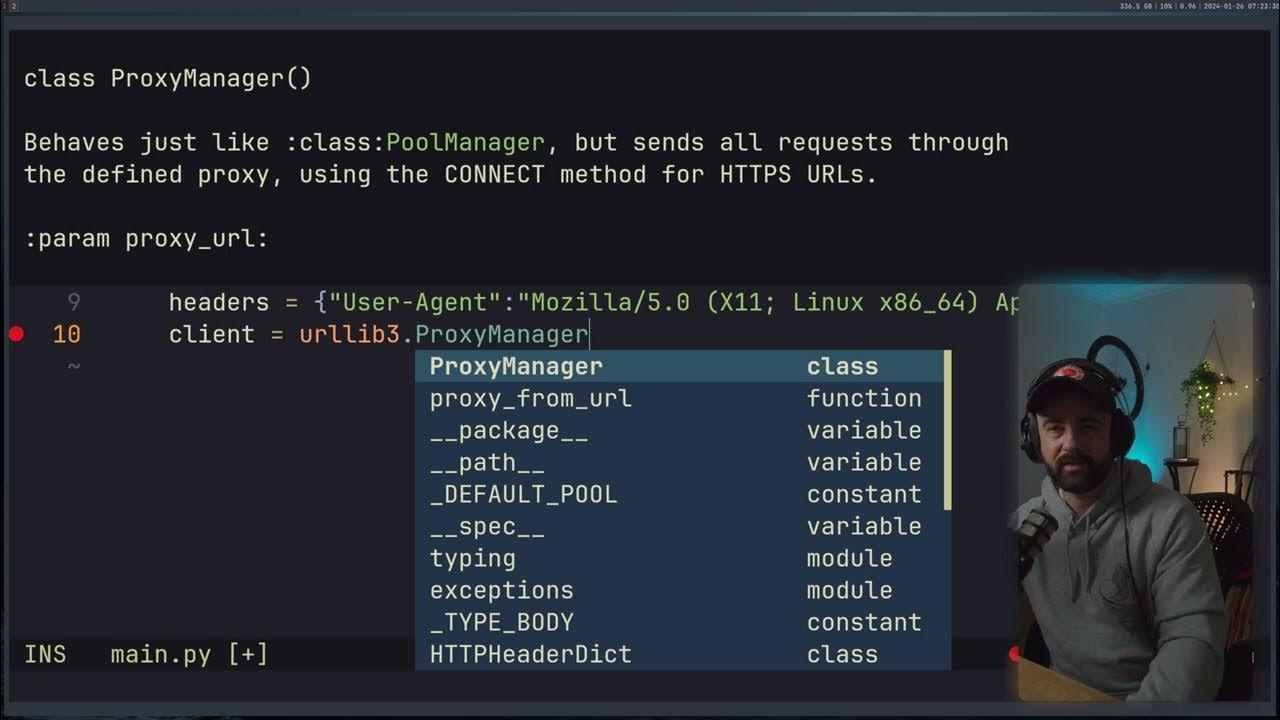From Idea To Robust Database Design
Summary
TLDRThis video script outlines the process of designing a database schema for a new web application focused on meal planning. It emphasizes the importance of normalization and describes the steps: defining entities and attributes, establishing relationships, and making adjustments. The project involves meals, ingredients, and their nutritional information, with the ability to adjust ingredient amounts and generate a grocery list. The script illustrates creating tables for meals, ingredients, days of the week, and a grocery list, and discusses potential future adjustments based on application requirements.
Takeaways
- 📝 The video outlines the process of designing a database schema for a new application, emphasizing the importance of the initial steps in setting up the database.
- 🔍 The speaker introduces the concept of normalization as a method to create a robust database schema, involving defining entities, their attributes, and relationships.
- 🤔 It's acknowledged that startups often pivot from their initial idea, which can affect the database design, indicating the need for flexibility in schema design.
- 📝 The project described is a web application for meal planning, involving meals, ingredients, and their nutritional information, with the ability to adjust ingredient amounts and generate shopping lists.
- 🔑 The entities identified in the database are Meals, Ingredients, and Days, with attributes defined for each to store relevant information.
- 🔗 The relationships between entities are many-to-many, necessitating the creation of junction tables such as 'DayMeals' and 'MealIngredients' to manage these connections.
- 🛒 A new table for 'GroceryList' is introduced to track shopping items and their status (bought or not), highlighting a many-to-many relationship between grocery lists and ingredients.
- 🛠 The speaker uses an eraser tool for database schema design, suggesting the use of visual tools to aid in the design process.
- 🔄 The design process includes an adjustment phase to consider how the application will use the data and whether the schema needs to be modified to accommodate future requirements.
- 🔍 The script includes a review of potential data access scenarios to ensure the database design is practical and meets the application's needs.
- 🚀 The video concludes with a teaser for the next video, which will focus on implementing the database design and the subsequent development of the project.
Q & A
What is the first crucial step mentioned in the script for starting a new application project?
-The first crucial step is designing a database schema, which includes choosing the right database model and planning how the data will be stored and accessed.
What is normalization in database design, and why is it important?
-Normalization is a process in database design that organizes data to minimize redundancy and dependency. It is important because it helps in maintaining data integrity and optimizing the database for efficient storage and access.
What are the three main entities identified in the script for the described web application?
-The three main entities identified are Meals, Ingredients, and Days of the week.
Why is it suggested to start defining a database schema with nouns from the application description?
-Nouns in the description often represent entities within the application's domain. Starting with nouns helps in identifying the main components that need to be represented in the database.
What is the significance of defining attributes for each entity in the database schema?
-Defining attributes helps in specifying the characteristics of each entity, which is essential for understanding the data that will be stored and how it will be structured within the database.
What is the relationship between 'Days' and 'Meals' in the described application, and how is it represented in the database?
-The relationship is many-to-many, as one day can have multiple meals and one meal can be assigned to multiple days. This is represented in the database with a separate table called 'DayMeals' to store the relationship entries.
How is the relationship between 'Ingredients' and 'Meals' handled in the database schema?
-The relationship is also many-to-many, as one ingredient can be used in multiple meals and one meal can contain multiple ingredients. This is handled with a new table that includes foreign keys for both Ingredients and Meals, along with the amount of each ingredient used in a meal.
What is the purpose of creating a separate table for the many-to-many relationships in the database?
-Creating a separate table for many-to-many relationships helps in reducing redundancy and maintaining referential integrity. It also allows for the storage of additional information specific to the relationship, such as the amount of an ingredient in a meal.
Why might the database schema need to be adjusted during the application development process?
-The database schema might need to be adjusted to accommodate new requirements, changes in the application's functionality, or to optimize the database for better performance as the application evolves.
What is the 'Grocery List' entity in the context of the described application, and how does it relate to other entities?
-The 'Grocery List' entity represents a collection of items needed for shopping, which are derived from the planned meals for the week. It has a many-to-many relationship with the 'Ingredients' entity, as one grocery list can include multiple ingredients and one ingredient can appear in multiple grocery lists.
How can the database schema be tested for its effectiveness in meeting the application's needs?
-The schema can be tested by considering various data access scenarios, such as retrieving all meals, all ingredients, or the meals for each day of the week, and ensuring that the schema supports these queries efficiently and accurately.
Outlines

此内容仅限付费用户访问。 请升级后访问。
立即升级Mindmap

此内容仅限付费用户访问。 请升级后访问。
立即升级Keywords

此内容仅限付费用户访问。 请升级后访问。
立即升级Highlights

此内容仅限付费用户访问。 请升级后访问。
立即升级Transcripts

此内容仅限付费用户访问。 请升级后访问。
立即升级5.0 / 5 (0 votes)






